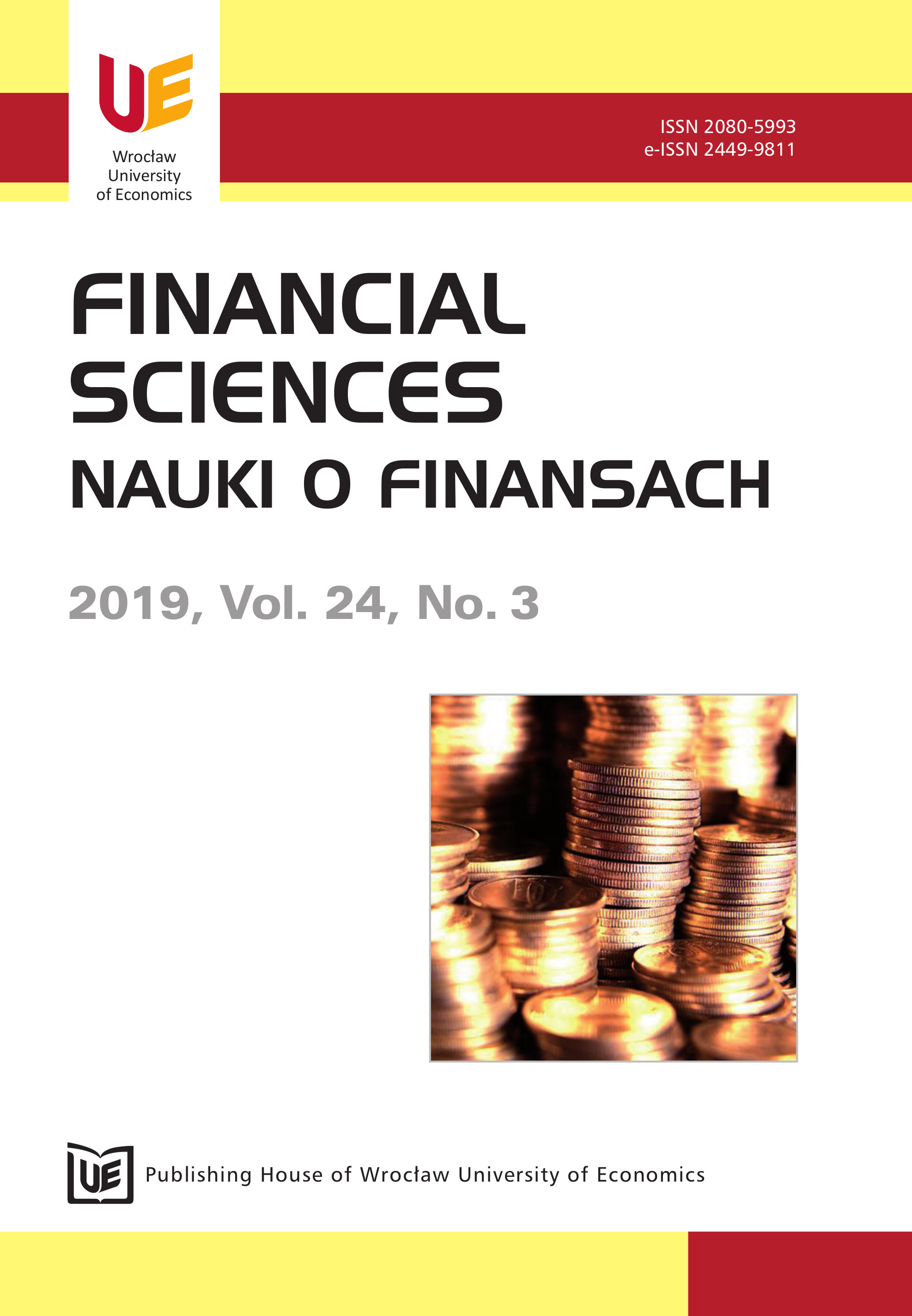Heteroskedastyczność w danych zwrotu bitcoinów: trend Google vs. efekty GARCH
Heteroskedasticity in excess Bitcoin return data: Google trend vs. GARCH effects
Author(s): Chamil W. Senarathne, Tijana ŠojaSubject(s): ICT Information and Communications Technologies
Published by: Wydawnictwo Uniwersytetu Ekonomicznego we Wrocławiu
Keywords: Bitcoin; information flow; GARCH-in-Mean; GARCH effects; Google trend;
Summary/Abstract: This paper examines the mixture of distribution properties associated with heteroskedastic excess Bitcoin return data, using the volume of Google search queries as a proxy for the information arrival time, from a monthly data sampling period of June 2010 to May 2019. The results show that the volatility coefficients become highly statistically insignificant when the lagged volume of search queries is included in the conditional variance equation of the GJR-GARCH-M model. This clearly suggests that the volume of search queries is shown to provide significant explanatory power regarding the variance of heteroskedastic excess Bitcoin return, which can be traced from the ARCH process defined in the GJR-GARCH-M specification. A significant negative relationship between the conditional volatility and the volume of search queries indicates that Internet (online) information arrival reduces the risk premium in the Bitcoin market, which may improve market stability.
Journal: Nauki o Finansach
- Issue Year: 24/2019
- Issue No: 3
- Page Range: 35-45
- Page Count: 11
- Language: English

